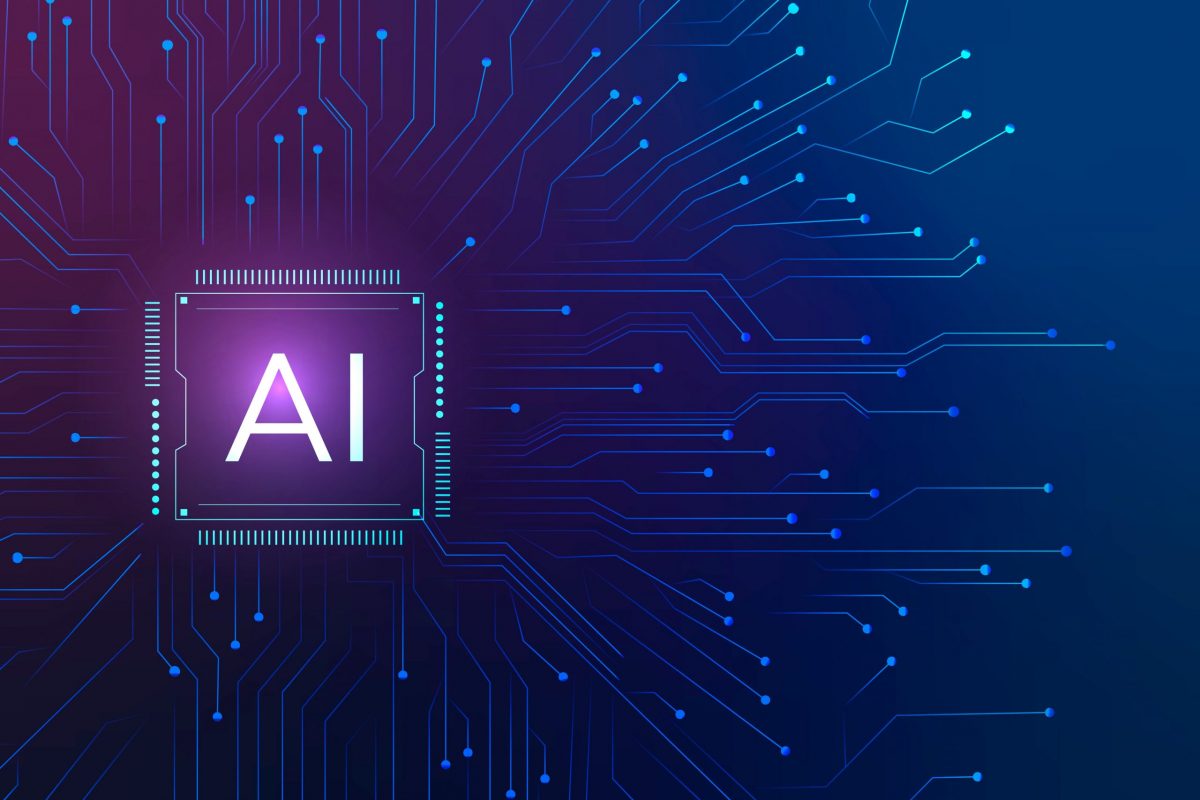
Animation Meaning in Multimedia – In the ever-evolving realm of multimedia, animation has emerged as a powerful tool that not only captures our attention but also communicates complex ideas in a captivating and engaging manner. This article delves into the fascinating world of animation, exploring its meaning, significance, and diverse applications in the multimedia landscape.
Table of Contents
- Introduction: The Essence of Animation
- A Brief History of Animation
- Types of Animation 3.1. Traditional Animation 3.2. 2D Animation 3.3. 3D Animation 3.4. Stop Motion Animation
- The Role of Animation in Multimedia
- Animation in Film and Entertainment
- Animation in Advertising and Marketing
- Animation in Education
- Animation in Video Games
- Tools and Software for Animation 9.1. Adobe After Effects 9.2. Blender 9.3. Maya 9.4. Toon Boom Harmony
- The Process of Creating Animation
- Challenges and Trends in Animation
- The Future of Animation
- Conclusion
- FAQs
Introduction: The Essence of Animation
Animation, in the realm of multimedia, is the art of bringing static images or objects to life through a sequence of rapidly displayed images, creating the illusion of movement. It is a powerful visual medium that has become integral to various fields, from entertainment to education and beyond. Let’s dive deeper into this mesmerizing world.
A Brief History of Animation
The roots of animation can be traced back to ancient civilizations where devices like the zoetrope and phenakistoscope were used to create the illusion of motion. However, it was in the early 20th century that animation truly took off with the advent of traditional hand-drawn animation techniques.
Types of Animation
Traditional Animation
Traditional animation, also known as cel animation, involves creating each frame by hand. It’s a labor-intensive process that gave us classics like Disney’s Snow White.
2D Animation
2D animation involves creating characters and scenes in two dimensions, making it a popular choice for television shows and web series.
3D Animation
3D animation adds depth and realism to characters and scenes, making it a staple in the world of blockbuster movies and video games.
Stop Motion Animation
Stop motion involves manipulating physical objects frame by frame to create movement. It’s a unique and charming form of animation seen in films like “Wallace and Gromit.”
The Role of Animation in Multimedia
Animation plays a pivotal role in multimedia by enhancing the visual appeal and interactivity of various content types. It brings life to websites, apps, presentations, and more.
Animation in Film and Entertainment
In the world of film and entertainment, animation has evolved from hand-drawn classics to computer-generated wonders. Movies like “Toy Story” and “Avatar” showcase the limitless possibilities of animation.
Animation in Advertising and Marketing
Brands leverage animation to create eye-catching advertisements and explainer videos. It simplifies complex concepts and leaves a lasting impression.
Animation in Education
Animation has revolutionized education, making learning more engaging and accessible. Interactive animations help students grasp intricate subjects with ease.
Animation in Video Games
Video games owe much of their immersive quality to animation. From lifelike character movements to breathtaking environments, animation sets the stage for gaming adventures.
Tools and Software for Animation
Adobe After Effects
A popular choice for motion graphics and visual effects, After Effects offers a wide range of tools for animators.
Blender
Blender is a free and open-source 3D creation suite, making it accessible to aspiring animators.
Maya
Maya is an industry-standard 3D animation software used in film, television, and game development.
Toon Boom Harmony
Toon Boom Harmony is favored for 2D animation and is used by many professional animators.
The Process of Creating Animation
Animating a project involves several stages, from concept and storyboarding to rendering and post-production. Each step demands creativity and precision.
Challenges and Trends in Animation
As animation technology advances, so do the challenges. Animators must adapt to changing trends, including real-time animation and augmented reality.
The Future of Animation
The future of animation holds exciting possibilities, with AI-driven animations, virtual reality experiences, and interactive storytelling on the horizon.
Conclusion Animation Meaning
Animation in multimedia is more than just moving images; it’s a form of art and communication that has the power to captivate, educate, and inspire. As technology continues to evolve, animation will remain a vital tool in conveying ideas and emotions.
FAQs Animation Meaning
1. What are the key differences between 2D and 3D animation?
- 2D animation is two-dimensional and hand-drawn, while 3D animation adds depth and realism through computer-generated graphics.
2. Can anyone learn animation, or is it a specialized skill?
- Animation is a skill that can be learned by anyone with dedication and the right resources, such as software and tutorials.
3. Are there any famous animators who have left a significant mark on the industry?
- Yes, pioneers like Walt Disney, Hayao Miyazaki, and Pixar’s John Lasseter have made lasting contributions to the world of animation.
4. How long does it take to create an animated movie or series?
- The time frame varies significantly depending on the complexity of the project. It can range from several months to several years.
5. What role does animation play in the medical field?
- Animation is used in medical education and visualization to explain complex medical procedures and concepts to both professionals and patients.


















Leave a Comment